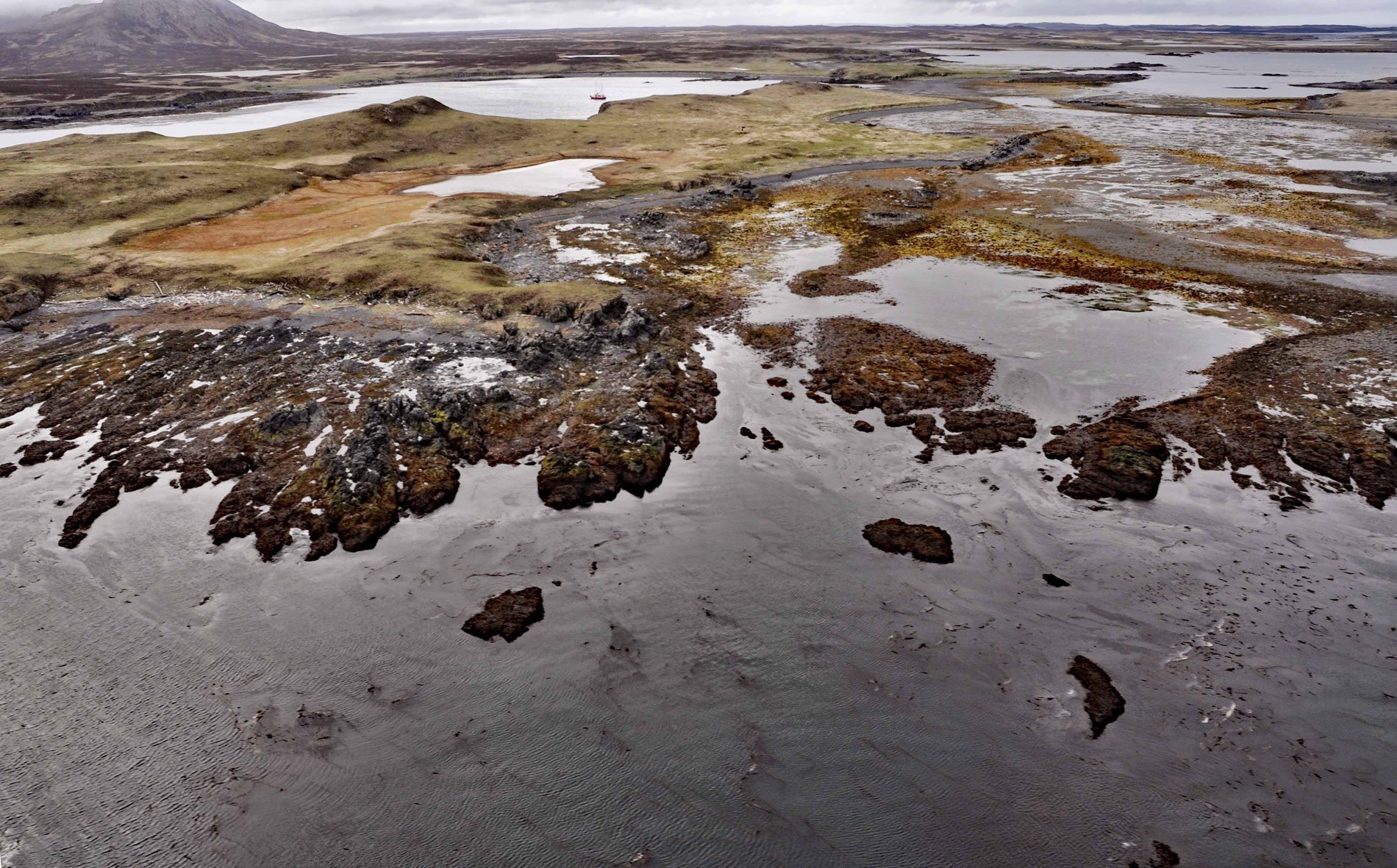The steamship Yukon, bound from Goodnews Bay on the Kuskokwim River to Seattle in 1913, ran aground in fog and became a total loss on the northwest end of Sanak Island on what is now called Yukon Reef, about 156 miles (252 km) east-northeast of Dutch Harbor and 48 miles (77 km) south-southwest of King Cove, Alaska. Sanak Island is about 13 miles (21 km) long and 4 miles wide with 6,178 acres (2,500 ha), and is part of the Sanak Island group, which represents the easternmost of the Aleutian Islands. The name ‘Halibut’ was given to this island by Captain James Cook of the Royal Navy in 1778 because his crew caught more than 100 Pacific halibut weighing from 20 to 100 pounds (9-45 kg). In 1802, the island was called ‘Islas des Plies’ meaning ‘islands of flounders’ by Don Dionisio A. Galiano. The name Sanak is from the Unangan Aleut language and was first published in 1826 by Gavril A. Sarichev as ‘Sannakh Island’. The name was shortened to Sanak in 1919 when a post office was established on the north coast of the island at Sanak village.
The Sanak Islands are a small archipelago located off the southern tip of the Alaska Peninsula within a rich marine ecosystem and were inhabited by the Unangan Aleut for nearly 7,000 years as subsistence sea mammal hunters and fishermen. The largest island is Sanak Island which was rapidly industrialized and its landscape and shallow offshore banks were used intensively. The European settlement of Sanak began with the sea otter fur trade, followed by Pacific cod and salmon fishing, fox farming, and cattle ranching through waves of Russian, American, and Scandinavian influence. Today, the island is owned by the Sanak Corporation, a village corporation created following the Alaska Native Claims Settlement Act and headquartered in the nearby Aleut village of Sand Point. The other islands in the archipelago include Caton, Elma, Long, and many smaller islands and islets which are under the jurisdiction of the U.S. Fish and Wildlife Service and are part of a designated wilderness area. Sanak Island has been uninhabited by humans since about 1980 and is now home to feral cattle, horses, birds, and sea mammals. The abandonment was a local decision following economic shifts and failures when the last inhabitants left for the larger villages of Sand Point, False Pass, Nelson Lagoon, and King Cove, which had become commercial fishing centers.
Sanak Island is surrounded by reefs that are a considerable hazard to navigation. The Pacific-Alaska Navigation Company was an American passenger and freight ocean shipping company that operated between 1912 and 1916 on the West Coast of North America. It was formed as a holding company during the merger of the Alaska Pacific Steamship Company and the Alaska Coast Company. During its four years of life, its fleet became known as the Admiral Line because many of its ships were usually named for former U.S. Navy admirals. During the company’s brief history, it suffered at least two significant accidents. The steamer SS Yukon ran aground on June 11, 1913, on the northwest coast of Sanak Island and the Revenue Cutter Tahoma rescued the 3 passengers and 42 crew and conveyed them to Dutch Harbor at Unalaska. A second major accident occurred on August 26, 1914, when the SS Admiral Sampson was rammed by the SS Princess Victoria of the Canadian Pacific Line. In 1916, the Pacific-Alaska Navigation Company merged with the Pacific Coast Steamship Company, and the resulting company became known as the Pacific Steamship Company. Read more here and here. Explore more of Sanak Island and Yukon Reef here:

